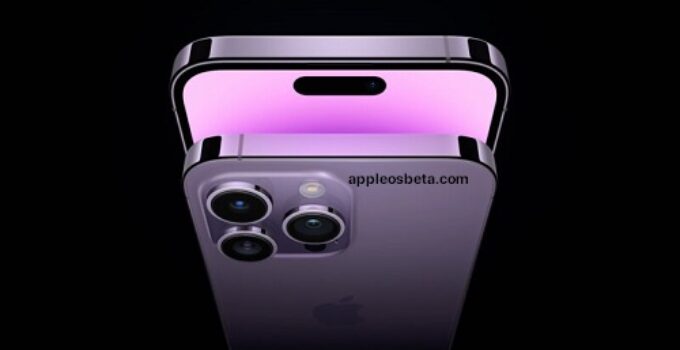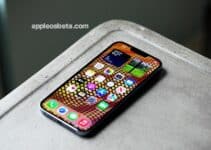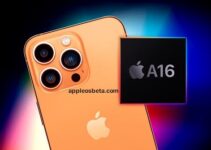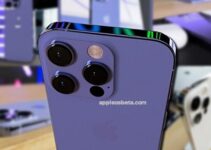iPhone 14 Pro, 48MP fotoğraf farkı. iPhone 14 Pro ve iPhone 13 Pro kameralarındaki en büyük fark, ana kameradaki daha büyük sensör ve 48MP çözünürlükle ilgilidir.
How to set a different home screen wallpaper than the lock screen on iPhone?
Obviously, the larger the sensor, the better the images. On the iPhone 14 Pro and Pro Max the sensor is 65% larger than the previous models, but it is still an extremely small sensor compared to professional cameras.
Additionally, when taking photos with the default 12MP setting, the iPhone 14 uses a technique known as pixel binning to transform each block of four physical pixels into a single virtual pixel. These virtual pixels are larger than those used in the iPhone 13 Pro. However, if you activate the 48MP capacity, the pixels are smaller, this is because 65% of the larger size we mentioned earlier is divided by four. The result is that the pixels are about 60% smaller than those of the iPhone 13 Pro.
How to take 48MP photos on iPhone 14 Pro
As mentioned earlier, the 12MP setting remains the default when taking photos with the iPhone 14 Pro, because fewer pixels allow for better results in low light conditions. The choice of Apple, therefore, is mainly linked to this aspect.
Incidentally, enabling 48MP capacity is almost hidden, since there is no 12MP / 48MB switch in the Camera app. Instead, you need to select the ProRAW format by tapping the crossed out RAW button when using the Camera app.
Why did Apple use this approach? First, 48MP images are much larger than 12MP ones. For example, the same 3.6MB photo taken at 12MP becomes 61.9MB when taken at 48MP. If Apple used 48MP as the default, we’d end up with out of storage space in no time if we take pictures.
Secondly, since 48MP images are shot in RAW format, users need to know how to process and edit these files. It’s not a useful format for the average user, so it makes sense for Apple that the button is a “RAW” rather than a simpler “48MP”.

Furthermore, it must be remembered that, with photos taken in JPG / HEIC format, the iPhone image processing software decides how to process the file. Of course, you can edit it later, but it involves editing a photo that has already been edited on the phone for a result that’s just fine in most cases.
RAW images are different. In this case, Apple delivers the actual sensor data, so the user can process it as they wish. When viewing a RAW photo on the iPhone, it actually shows a preview of what the photo would look like with standard processing, but the actual ProRAW file has no changes.
As already mentioned, this aspect makes them almost useless for non-photographers, as you need to be able to process the photos according to your tastes. For this reason, in the comparisons that you will see below, we have the 12MP photos processed automatically by iOS with the 48MP ones processed by a photographer, but trying to get as close as possible to the Apple parameters.
Testers say that although the 48MP image has more detail, it is still an acquisition from a small sensor with a “cheap” lens. The difference between the two images therefore does not justify the massive increase in file size, nor the extra work in post-processing.



